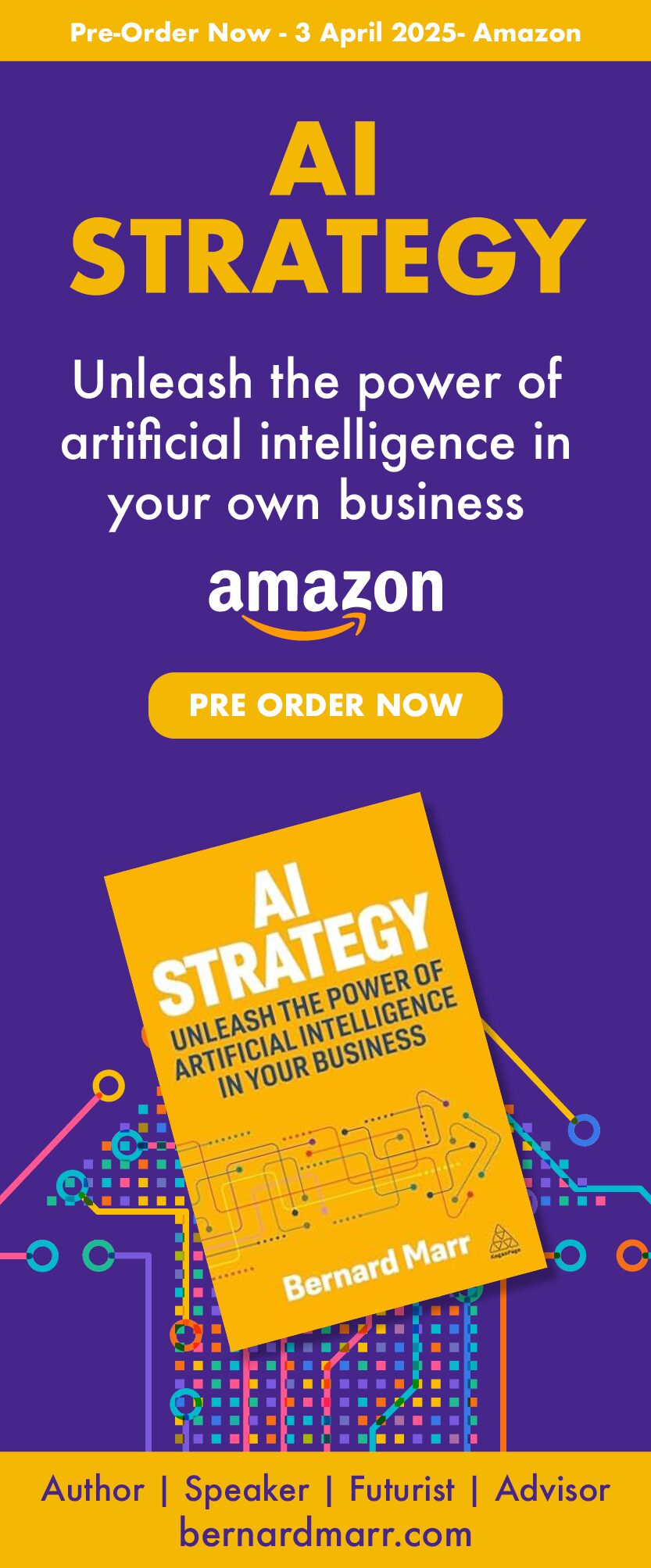How Do You Measure Customer Experience? Finding the KPIs that Matter
2 July 2021
More and more companies want to go beyond measuring customer satisfaction to measuring the overall customer experience. This signifies a move away from relying solely on customer surveys to measuring customer’s actual experience and behaviour. This gives you unprecedented insight into how happy and satisfied customers really are with your product, brand or service (as opposed to how happy they say they are). Based on what you learn, you can make changes to enhance the customer experience.

There are many metrics and tools you can use to monitor customer experience. However, there’s no easy one-size-fits-all approach. This makes sense if you think about it – there isn’t one ideal customer experience that’s the same for all companies, so why should there be one ideal way to measure customer experience?
So how do you know which approach is best for your business? I hope that this article will help.
What do we mean by customer experience?
Whatever type of industry you’re in, your business provides the customer with an experience. Often, it’s this customer experience that differentiates your business from its competitors.
Understanding and enhancing the customer experience involves analysing the customer journey – the stages your customer goes through when they interact with your company – from the customer’s perspective. And then finding ways to make that journey better: faster, smoother, more personal, more valuable, and so on.
According to management consultants McKinsey, the customer journey typically breaks down into the following phases, each phase identifying where customer behaviour changes:
1. Consider: This is the point when a person discovers your brand via an ad or other means, and becomes a potential customer
2. Evaluate: Now they’re aware of your business, the potential customer starts evaluating or researching your product or service.
3. Buy: Here, the potential customer becomes an actual customer.
4. Enjoy, advocate and bond:
This encompasses using the product or service and seeking after-sales support, through to (hopefully) bonding with the brand and becoming a repeat customer.
Why context is crucial in measuring customer experience
The specifics of the customer journey will vary from business to business. So, to get the most value from this process, you need to link your customer experience measurement to your customer-related goals.
Therefore, start by working out your core customer goals before you map out the customer journey. (Your customer goals will no doubt be related to other goals, especially financial.) Then, you can look at each of the touch points involved in the customer journey – website, call centre, chat bot, face-to-face interaction, etc. – and identify which elements you need to understand better if you’re to meet your customer goals. This is all about identifying the most critical questions that you need to answer if you’re to meet your goals and improve the customer experience.
And once you’ve identified those questions, you can develop a set of KPIs to provide the answers you need.
The KPIs you choose might be very different to other businesses, and that’s okay. Remember, the specific customer journey varies wildly – and changes over time. Just think of how we used to buy cars. We used to wander into a showroom with maybe only a vague idea of the type of car we like, we’d wander around for a bit and then perhaps have a chat with the salesperson before going away and thinking it over. Now, many of us spend hours comparing different makes and models online before we set foot in a dealership. When we finally go to the dealer, we know what we want, and we’re ready to see, feel and touch it. So what the car dealer measures now will be very different to what they might have measured 10 years ago. Now, they’ll want to ensure customers are greeted quickly, that they’re invited to sit in the car and then take it for a test drive without delay.
Now compare this customer experience to an online retailer or a call centre. It’s completely different. That’s why context – particularly your customer goals – is key.
So what metrics and tools can you use?
Obviously, the metrics or methods that you choose will depend on your goals, your business, the customer journey, and so on. Below is a list of some of the most useful metrics for measuring the customer journey, but you should pick and choose the metrics that best tie in to your goals and questions.
You can find out more about these metrics, and others, in the KPI Library.
- Overall customer satisfaction: satisfaction is only one part of the picture, but an overall, big-picture customer satisfaction survey that asks customers how they feel about your product or service provides a useful baseline to track against in the future.
- Customer satisfaction after each interaction: for example, every time a customer calls your customer service team, they complete a very quick survey to rate their experience of that specific interaction.
- Customer effort score: recent research suggests that ease of interaction is a top priority for customers, so instead of asking them how happy or satisfied they are after an interaction, ask them how easy it was.
- Net Promoter Score (NPS): this measures the extent to which your customers would recommend your business to others and is a useful indicator for customer satisfaction.
- Industry benchmarks: as well as understanding your customers, you also need to know how your company measures up against the competition. For example, NPS is one metric that’s commonly benchmarked across industries.
- Customer lifetime value: this assesses the total financial value of individual customers and is an important long-term indicator of customer experience. Customers with a high lifetime value remain loyal customers for longer and spend more money with the company.
- Conversion rate: this tracks how likely a customer is to buy after interacting with your company.
- Response times: this can be measured across phone calls, emails, instant messages and even face-to-face interactions, and the ideal response time will be different for each type (customers messaging over a chat service, for example, expect a very fast response).
- Resolved issues: for a call centre or some sort of help desk, it’s important to measure how well your team is resolving customer issues. You may want to drill down further into this and measure the number of issues that are resolved first time, so that customers don’t have to keep following up.
- Bounce rate: this tracks the number of visitors to your website who leave without clicking on anything. It’s a useful indicator of whether your web content is delivering value and interest.
- Time spent on the website: because the more time someone spends interacting with your company, the more likely they are to become a customer.
- Sensors and other tracking devices: particularly useful in a retail environment, these can help you monitor actual customer behaviour in the store. For example, are most people ignoring a particular display, or does one window make more people stop and look than the other.
- Social listening: by tracking what your customers say about your brand (not necessarily direct @ mentions, but any mention of your company or product), you can measure the underlying sentiment and track trends in customer sentiment.
- Mystery shopper: this is an excellent way to track how well standards are followed in practice.
Based on what these metrics tell you, you’ll be able to identify areas for improvement and ways to enhance the customer experience. However, it’s important to continue to measure and monitor customer experience if you want to understand how effective your new initiatives have been.
Where to go from here
If you would like to know more about KPIs and performance measurement, check out my articles on:
Related Articles
The Top 5 Tech Trends In 2024 Everyone Must Be Ready For
Once again, we’ve reached the time of year when we look ahead at what technology has in store for us in 2024.[...]
The Amazing Ways Coca-Cola Uses Generative AI In Art And Advertising
Some say that in the very near future, we’ll need to either adopt artificial intelligence (AI) or be made redundant by it – or by others using it.[...]
The 5 Biggest Risks of Generative AI: Steering the Behemoth Responsibly
In our contemporary world, the pressures of the professional sphere often encroach upon our personal space, giving rise to stress and an overwhelming sense of dread.[...]
3 Ways To Reinvent Your Products And Services For The Future
With the rise of the metaverse and web3 technologies, there’s no denying the next evolution of the internet is already underway.[...]
Virtual Influencer Noonoouri Lands Record Deal: Is She The Future Of Music?
Teenage influencer Noonoouri has 400,000 followers on Instagram and has starred in fashion campaigns for Dior, Balenciaga and Valentino.[...]
Managing Stress at Work: 5 Top Tips Anyone Can Follow
In our contemporary world, the pressures of the professional sphere often encroach upon our personal space, giving rise to stress and an overwhelming sense of dread.[...]
Sign up to Stay in Touch!
Bernard Marr is a world-renowned futurist, influencer and thought leader in the fields of business and technology, with a passion for using technology for the good of humanity.
He is a best-selling author of over 20 books, writes a regular column for Forbes and advises and coaches many of the world’s best-known organisations.
He has a combined following of 4 million people across his social media channels and newsletters and was ranked by LinkedIn as one of the top 5 business influencers in the world.
Bernard’s latest book is ‘Generative AI in Practice’.










Social Media